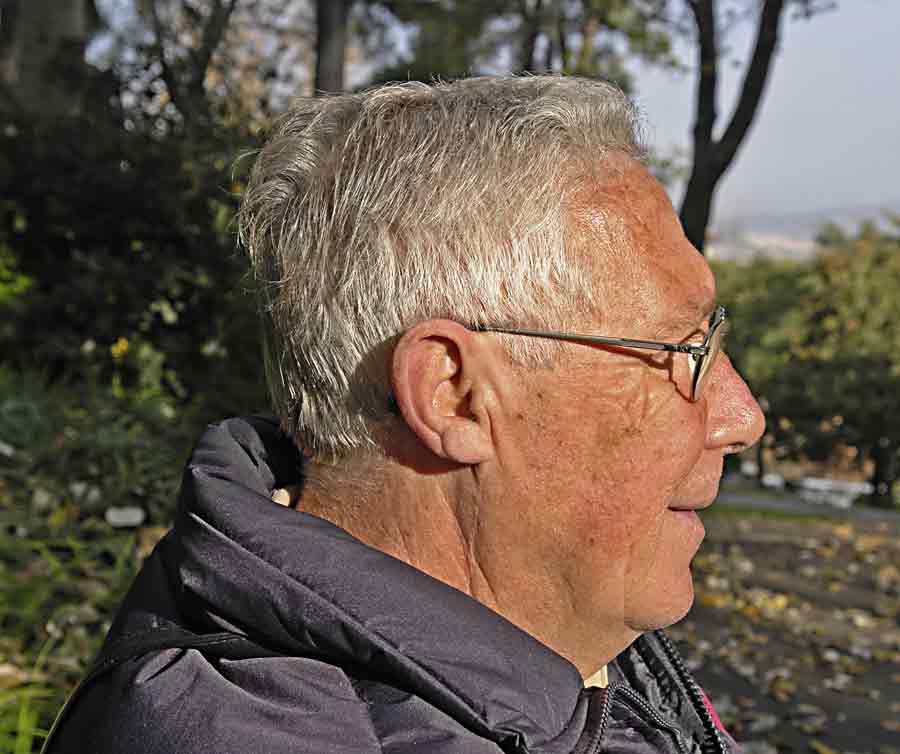Multiple myeloma: improved patient outcomes with combo therapy
Multiple myeloma: improved patient outcomes with combo therapy
7 Dec 2015Combining daratumumab (Darzalex) with standard chemotherapy allowed nearly 3/4 of patients with refractory/relapsed multiple myeloma to achieve a median progression-free survival of 18 months, researchers reported.
Daratumumab was approved by the FDA in November as fourth-line therapy in relapsed multiple myeloma. It is an IgG1 monoclonal antibody that binds to CD38-expressing cells, and induces tumor cell death by direct and indirect mechanisms. CD38 is highly and ubiquitously expressed on myeloma cells.
"Daratumumab plus lenalidomide and dexamethasone induced rapid, deep and durable responses," said Torben Plesner, MD, of Vejle Hospital in Denmark.
Clinical design of the ongoing phase 1/2 trial
Plesner and colleagues recruited 32 patients for the study who had measurable disease as measured by levels of M-protein. The patients were diagnosed with relapsed multiple myeloma after one or more treatment regimens. There was no upper limit on the number of prior treatments.
Daratumumab (16 mg/kg) was administered weekly during the first two 28-day cycles, and then every other week during cycles three through six, then monthly in cycle seven and beyond until disease progression or unacceptable toxicity. Lenalidomide (35 mg) was administered orally on days 1 through 21 of each cycle, and dexamethasone (40 mg) was given weekly.

Impressive response rate to therapy
In the ongoing phase 1/2 trial, treatment in 32 patients with the combination resulted in:
- 81% of patients achieving an objective response to therapy
- 34% of patients achieved a complete response or a stringent complete response
- 26% of patients achieved a very good response rate
- 72% of patients achieved a median progression-free survival of 18 months
- 90% of patients were still alive at 18 months
Plesner said the overall clinical benefit rate seen in the trial was 88%. In addition, the median time to response was 1 month, while the median time to the best response was 5.1 months. The median duration of response for the patients in the study has not been reached. At 12 months, 91% of the patients had achieved progression-free survival.
Neutropenia: the most common adverse event
The trial's primary endpoint is adverse events, and just 3 of 32 patients discontinued treatment due to adverse events, Plesner said. The most common adverse events were neutropenia in 84% of the patients, cough (50%), diarrhea (44%), and muscle spasms (44%).
About half of the patients reported serious adverse events, however just three serious cases of neutropenia occurred. One case each of serious gastroenteritis and serious pyrexia occurred. Plesner said the combination treatment had manageable toxicities, and there were no new safety signals observed.
"This is the first time that a monoclonal antibody has ever been approved for the treatment of multiple myeloma," commented Jacqueline Barrientos, MD, of the Feinstein Institute for Medical Research in Manhasset, N.Y.
Source: MedPage Today
Source: MedPage Today